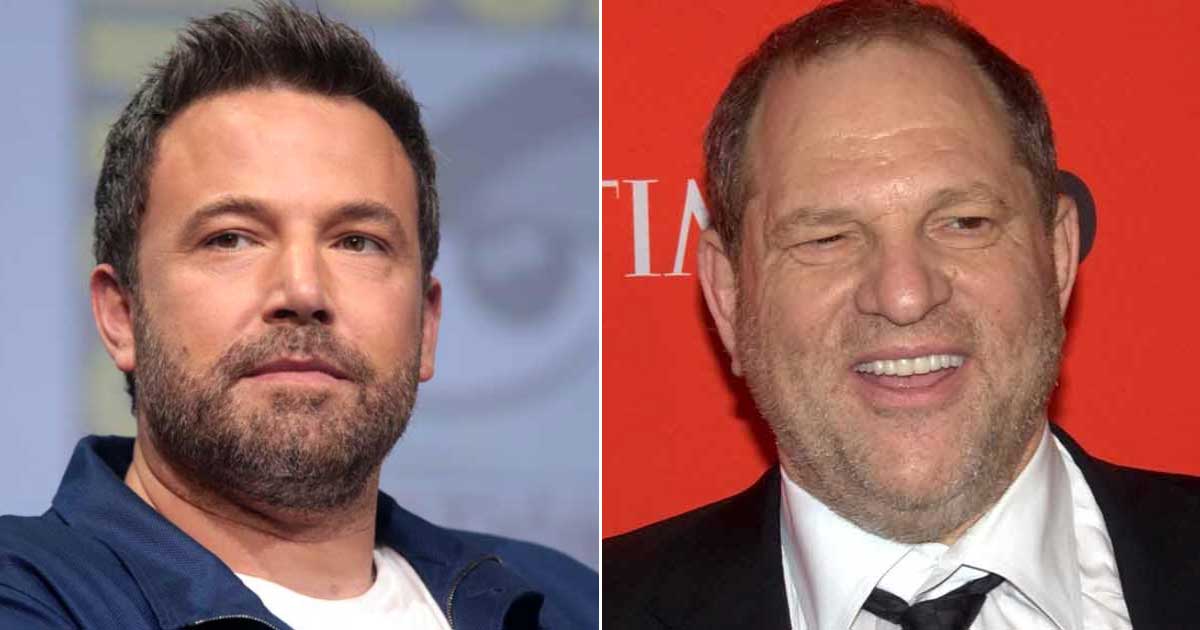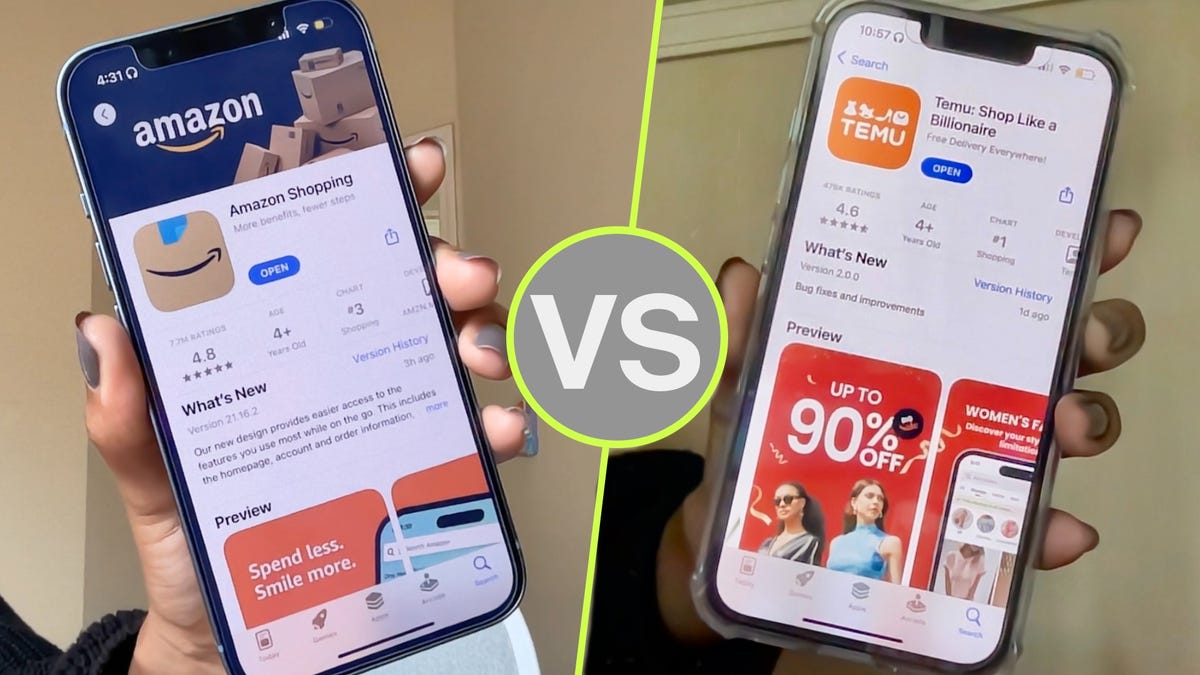Fashion is tiptoeing into the second half — wary of a shaky consumer, an uncertain election, slowness in China and more.
But at least some dealmakers think it’s coming time — soon — to see a little bit more of a strut from the industry, with the expected interest rate cut potentially accelerating mergers and acquisitions.
“I’m actually quite enthusiastic for the second half, and more bullish today where I sit than I have been in a while,” said investment banker David Shiffman, head of the consumer retail group at Solomon Partners, who said the market is “forward looking.” “It appears that we’re in for a few [interest] rate cuts. We will play through the election, irrespective of what side of the aisle you’re on. But that will be known.”
“When things are known and you have stability and positive sentiment, deals get done,” Shiffman said. “You have healthy capital markets. You have healthy capital formation. And you have positive sentiment with management teams and in the boardroom, and that leads to deals.”
Already, there have been some instances where brand availability, a desire to do something new and cash to spend have come together to make a transaction happen. Witness EssilorLuxottica’s surprise $1.5 billion deal to buy Supreme from the struggling VF Corp.
While that case had a certain push — namely VF’s ongoing turnaround and a pile of debt coming due — the stars could align for other players as well.
Cash on Hand
Certainly, there is money out there to fuel more dealmaking.
Shiffman said, “You have a combination of pent-up demand by strategics who have weathered this storm for years and built large cash balances. You have pent-up demand in terms of the size and scale of dry powder and liquidity in private equity — with a real desire to put money to work.”
Private equity firms are sitting on $2.6 trillion in dry powder, or money ready to be deployed in a deal, according to S&P Global Market Intelligence. That’s up from less than $1 trillion a decade ago.
Private equity companies have also held on to companies longer than they typical do, twice as long as on average, said Liz Crego, U.S. deals clients and markets leader at PwC.
“We really think — with interest rates [expected to come down], with the uncertainty being eliminated now — there is going to be a rush to market in terms of what might be available for exit,” Crego said. “That is creating a lot of buzz and hype. We’re all kind of waiting for this moment.”
Election Pause
It’s a moment that might have to be put on pause for voters to go to the polls and choose between Vice President Kamala Harris and former President Donald Trump.
“Around October and November time deals will likely come to a halt because everyone’s waiting and watching,” Crego said. “But before that, and then after that is what we usually see is the uptick, depending on if it’s a divided government or not.”
In the meantime, companies are looking to see what they could buy to grow, going over their brand portfolios, and seeing what new capabilities they might need — staying ready because fashion is an industry that also requires constant change on the front end and the back end.
Staying Agile
“Despite recent headwinds, M&A activity will increase in the second half of the year and drive a robust 2025,” said Carmen Molinos, global co-head of consumer retail investment banking at Morgan Stanley.
“The rapidly evolving marketplace requires agility,” Molinos said. “Corporates will continue to reshape and optimize their portfolios by pruning sub-scaled brands, and acquire capabilities — such as AI — and accelerate growth through brand acquisitions. The importance of scale as well as a continued convergence between product, experience and media to drive consumer brand loyalty will further fuel M&A activity.”
Some Caution
But it’s not quite full speed ahead, even if interest rates are slated to start coming down this fall, making it cheaper to raise the money to close deals.
Outside of beauty, fashion and apparel has been a difficult space to get deals done in for years. And the biggest U.S. deal of the past year or so — Tapestry Inc.’s $8.5 billion acquisition of Capri Holdings — is being challenged by regulators in court.
Michael Kors-parent Capri Holdings’ deal with Tapestry is being challenged by regulators.
Mert Alas/Courtesy of Michael Kors
That’s made players all around more cautious, although antitrust concerns were not an impediment to Hudson’s Bay Co.’s plans to buy Neiman Marcus for $2.65 billion and merge it with Saks Fifth Avenue.
Fashion is still in something of a delicate place, even in luxury, which is now cooling after a long hot streak.
Business in China has weakened just as U.S. shoppers have pulled back, prompting a round of slower earnings from the high-end houses.
There are also only so many heritage luxury brands available on the market. That reality could start to bring smaller designer businesses into focus for strategic players looking to grab a little more growth and something to build for the future.
Private equity players looking to put some of that dry powder to work might also decide to roll up some smaller brands to make something bigger.
At least there’s a little more room to dream now in fashion dealmaking.






)
